The New York Times this month focuses on the plight of snow leopards. In an article entitled “Saving More Than Just Snow Leopards” the authors mention that snow leopards are an “indicator species” of the health of the overall ecosystem. Indeed, mountain ecosystems, inhabited by snow leopards, provide essential ecosystem services. These include storing and releasing water benefiting one third of the world’s human population. They also include sustaining the pastoral and agricultural livelihoods of local communities, which depend on biodiversity for food, fuel, fodder and medicine. The article also documents the threats snow leopards face: “poaching, both for their skins and body parts, sought after by the traditional medicine trade; the decline of prey such as wild sheep and goats; retaliatory killings by shepherds and villagers for livestock lost to snow leopards; and shrinking wild habitat.”
On October 24, 2013, we witnessed a very important development in the field of conservation. The President of the Kyrgyz Republic, Almazbek Atambayev, hosted the Global Snow Leopard Forum. The Forum was co-organized by Global Tiger Initiative (GTI), Nature and Biodiversity Conservation Union (NABU), Snow Leopard Trust, UNDP, World Bank and sponsored by Global Environment Facility, Snow Leopard Conservancy, WWF.
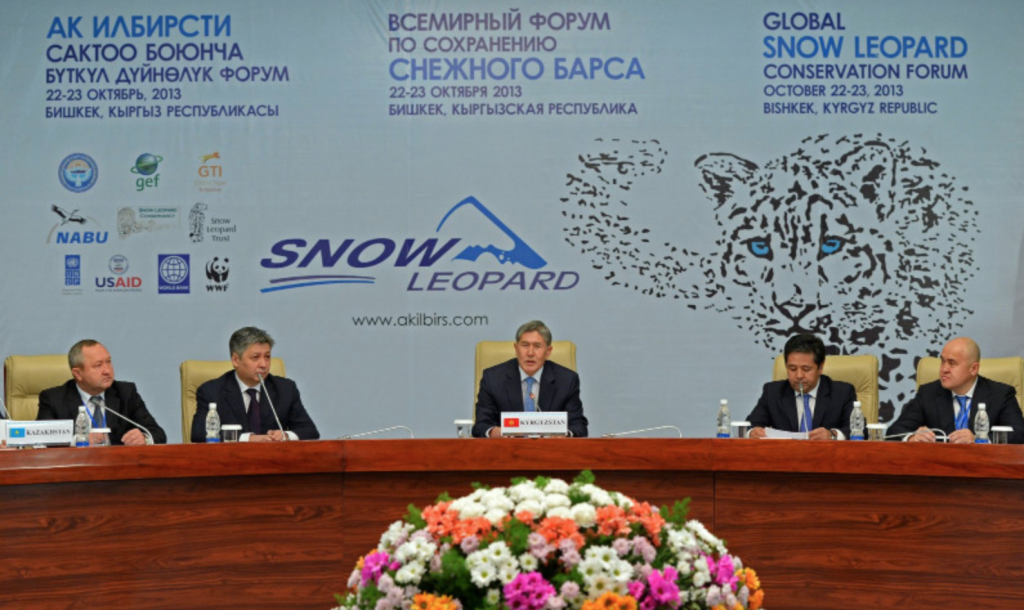
GTI is a formidable alliance of organizations that have come together to save tigers. Launched in 2008 by the World Bank, Global Environment Facility, Smithsonian Institution, Save the Tiger Fund, and International Tiger Coalition (representing more than 40 non-government organizations), GTI is led by the 13 tiger range countries (TRCs). It has become a global movement that has had a significant impact on conservation policies as well as implementation on the front lines.
Officials, representing 12 Central and South Asian countries (Afghanistan, Bhutan, China, India, Kazakhstan, Kyrgystan, Mongolia, Nepal, Pakistan, Russia, Tajikistan, and Uzbekistan) outlined and endorsed an ambitious new global initiative to protect and conserve critical ecosystems in high-mountain landscapes inhabited by the iconic but endangered snow leopards. The 12 countries pledged to “ensure that snow leopards and the people who live among them thrive in healthy ecosystems that contribute to the prosperity and well-being of our countries and the planet.” The countries also decided to work together to identify and secure at least 20 healthy habitat landscapes of snow leopards across the cat’s range by 2020, or ‘Secure 20 by 2020.’
For many experts and advocates who have worked relentlessly to save this iconic species, this was a breakthrough. What made this possible? Obviously, this was the result of hard work and relentless efforts on the part of many local and international experts and advocates. But it was the leadership of the Kyrgyz Republic and the inspiration and knowledge shared by the Global Tiger Initiative that moved this community into action.
In early 2012, authorities from the Kyrgyz Republic approached GTI to learn about the formidable alliance that had been built around tiger conservation. At that time, I was Director at the World Bank Institute and together with Keshav Varma , Program Director of GTI, and Andrey Kushlin, Program Manager, we met with a visiting delegation from the Kyrgyz Republic in our offices in Washington DC. We started to share the experience of GTI, namely the collective engagement of 13 tiger range countries that have worked together to develop and adopt a comprehensive common-goal-oriented program, to secure political endorsement and to lead the agenda with support from partners and donors. The history and the lessons of this initiative are best described in the presentation Keshav Varma delivered last year at the CITIES 16th Conference of the Parties in Thailand. We also discussed how GTI could facilitate a similar process focusing on the conservation of snow leopards.

After this initial meeting with the Kyrgyz delegation in Washington, we travelled to the Kyrgz Republic. We spent time visiting relevant government agencies and non-governmental organizations in Bishkek to better understand the context and the nature of the snow leopard crisis. We discussed the steps taken to bring this alignment of stakeholders to save tigers. We then travelled to Issyk Kul Biosphere Reserve, which has been part of UNESCO World Network of Biosphere since 2000.
Surrounded by the glaciated Tian-Shan mountain range, the Issyk Kul Biosphere Reserve reaches an altitude of over 7,000 meters above sea level and contains important freshwater resources. The Issyk Kul Lake, covering an area of 623,600 hectares, is the second largest high-altitude lake in the world. A large variety of ecosystems are represented in the biosphere reserve, ranging from deserts to alpine tundra. The Issyk Kul region has numerous endangered species such as the Marco Polo sheep, the Siberian ibex, and the snow leopard.
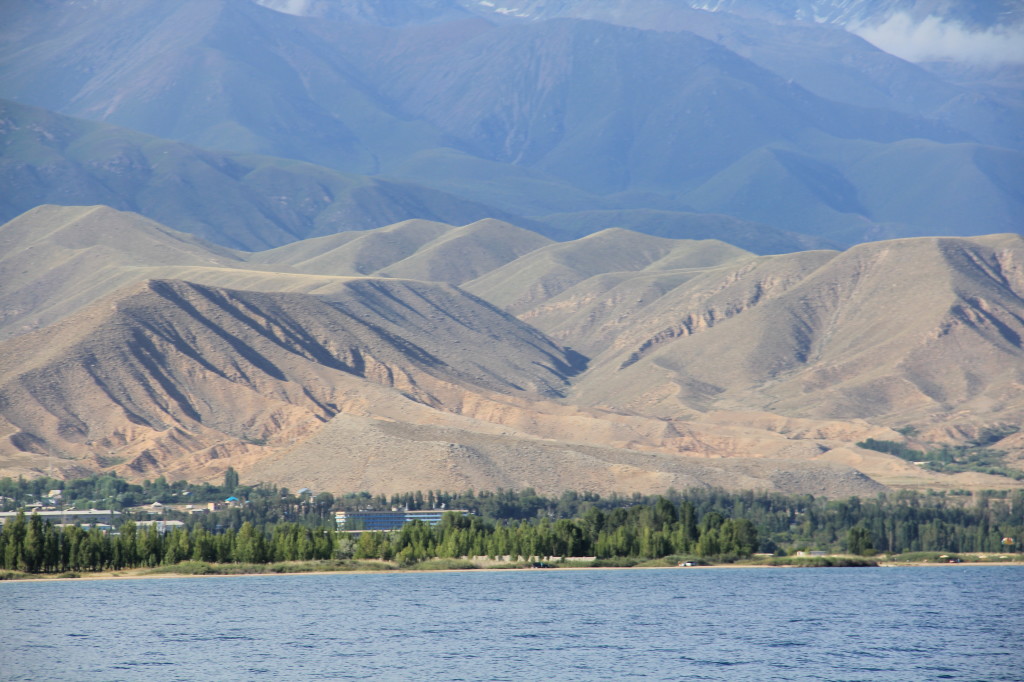
Driving through the Tian-Shan mountain range we also met with anti poaching units, supported by the German NGO NABU who are trying to put a stop to the activities of Kyrgyz poachers (founded in 1899, NABU is one of the oldest and largest environment associations in Germany). The “Gruppa Bars” are on the lookout for traces of snow leopards, follow up on every information that may lead to poachers, inspect fur traders in markets, search herdsmen in the mountains for illegal weapons and cooperate closely with border troops. Dozens of poachers have been arrested and convicted.
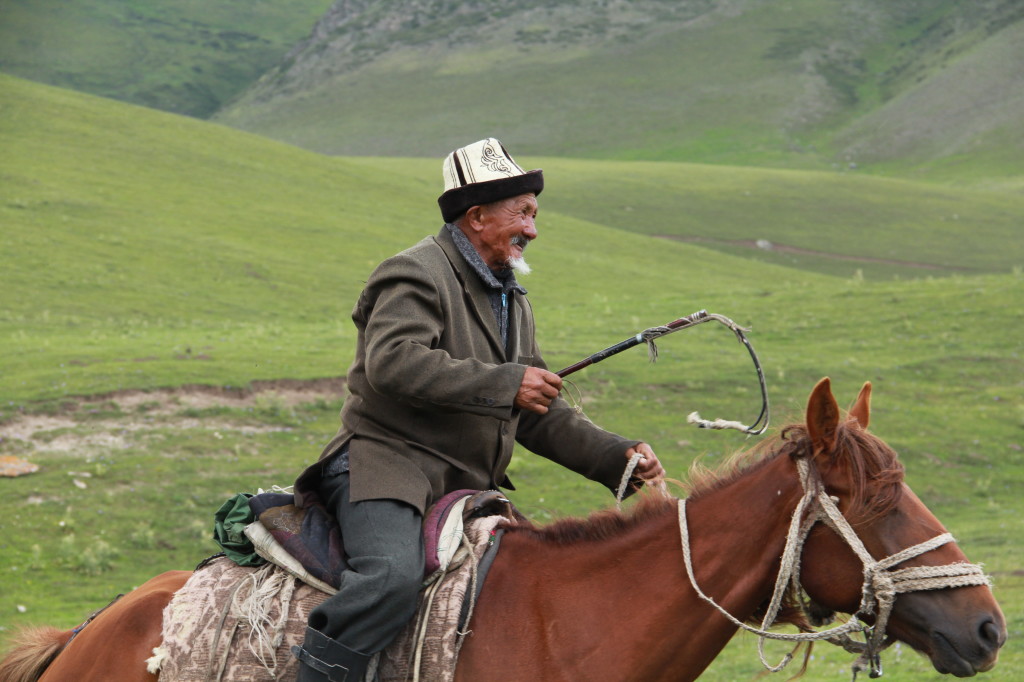
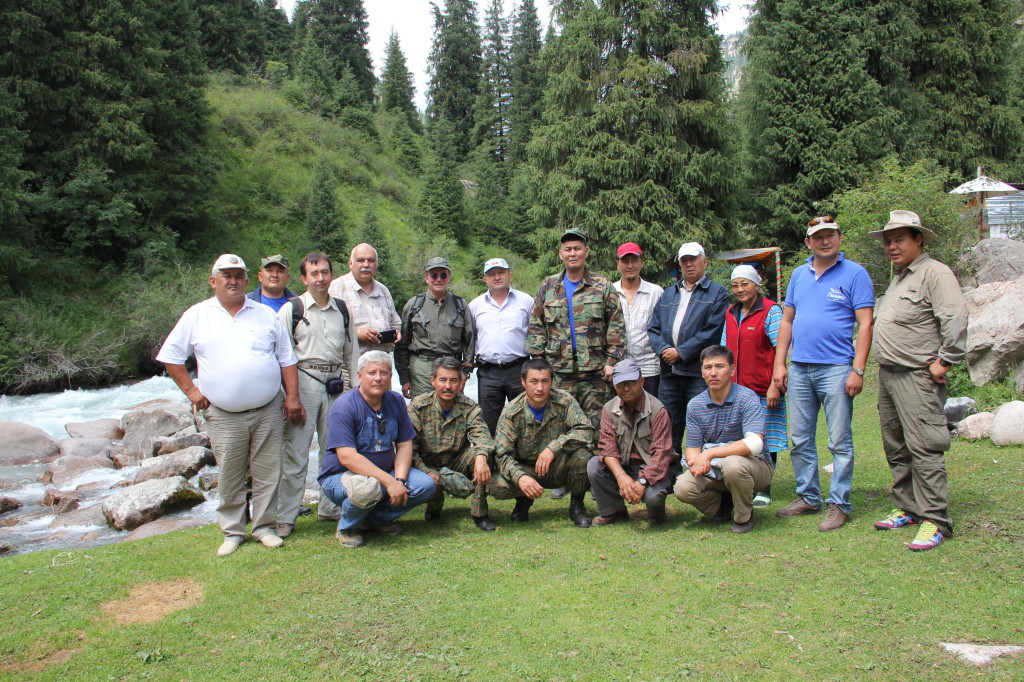
We also visited the NABU wildlife sanctuary and rehabilitation center. This is the world’s largest outdoor enclosure for snow leopards. There are about 5 leopards that have been saved by the “Gruppa Bars”, but the injuries they had suffered from the poachers’ foothold traps made it impossible to return them to the wild.
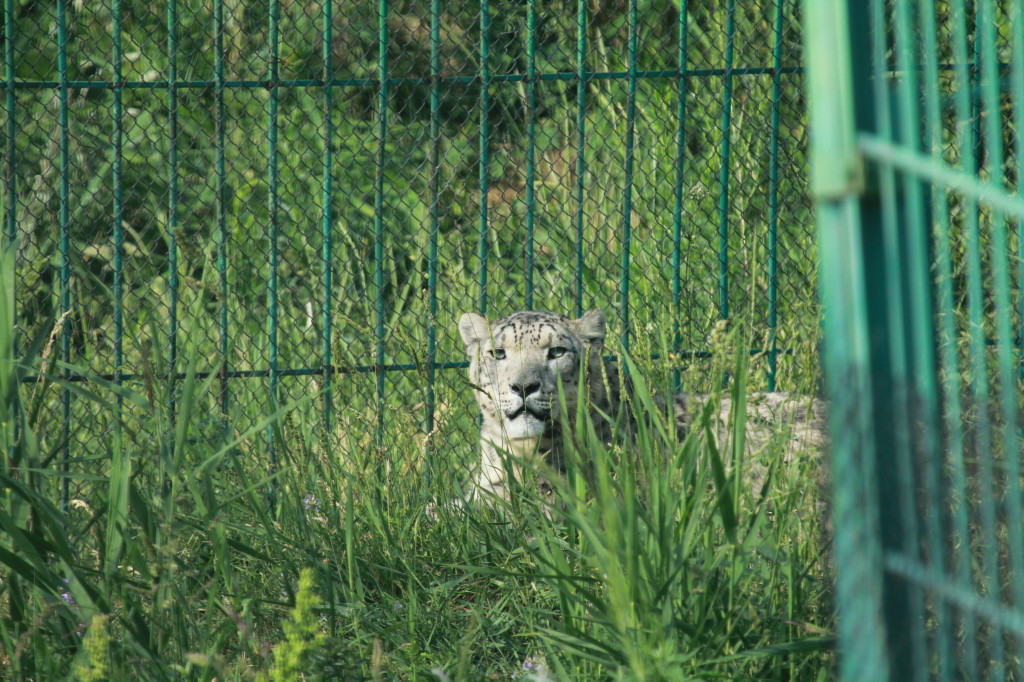
Back in Bishkek, we continued to share the GTI experience, and discussed in particular the March 2011 St Petersburg Summit hosted by President Putin, and attended by 13 Heads States and the President of the World Bank. Together with our Kyrgyz colleagues, we sketched out plans for a global forum focusing on snow leopard conservation the following year. The process of sharing knowledge, experiences and ideas continued for another year. In December 2012, the Kyrgyz Government convened the first meeting of the 12 countries concerned with the conservation of snow leopards. In March 2013, a working meeting to prepare the International Forum on Snow Leopard Conservation, was held in Thailand during the CTIES Meeting. Finally in May 2013, the countries met in Moscow to draft the Declaration. The Snow Leopard Forum in October 2013 in Bishkek marked a milestone moment. All 12 countries agreed on a Global Snow Leopard Ecosystems Program (GSLEP) and adopted the Bishkek Declaration. Initially, the focus is on intensified scientific research and monitoring in snow leopard habitats, which are in remote regions and where adequate baseline data are rarely available.
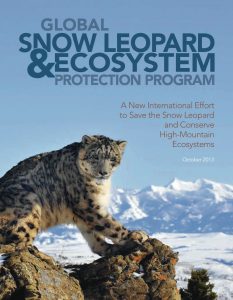
It took about 18 months for the snow leopard initiative to reach this milestone, about half the time necessary to mobilize partners for the Tiger Summit in St Petersburg. Obviously GTI played a key role in shaping this new initiative. The openness and willingness of the GTI team to share its knowledge and experience has been, and continues to be, a source of inspiration for the snow leopard initiative. However, ultimately it is the leadership of the Kyrgyz Republic that has been essential to spearhead this important new initiative to save snow leopards and the rich ecosystems around them. This leadership has brought energy and urgency to the snow leopard conservation movement and has catalyzed a paradigm shift in the way these ecosystems are valued and governed.
